Introduction
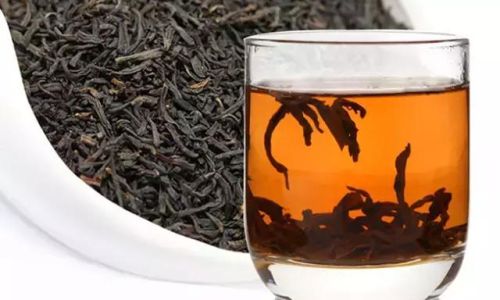
Black tea, known for its rich, full-bodied flavor and vibrant color, is a staple in many tea lovers’ repertoires. Whether enjoyed as a soothing morning brew or an invigorating afternoon pick-me-up, black tea offers a unique sensory experience that can vary greatly depending on its quality. Discerning the quality of black tea involves a combination of visual inspection, aroma evaluation, taste testing, and understanding the tea’s origin and processing methods. This comprehensive guide aims to equip you with the knowledge and skills necessary to identify and appreciate the finest black teas available.
Understanding the Basics of Black Tea
Before diving into the specifics of quality assessment, it’s essential to understand the basics of black tea. Black tea is derived from the Camellia sinensis plant, the same species that produces green, oolong, white, and pu-erh teas. However, the processing of black tea differs significantly, particularly in the oxidation (or fermentation) stage.
After plucking, black tea leaves undergo withering to reduce moisture content. They are then rolled or crushed to initiate the oxidation process, where enzymes within the leaves react with oxygen, causing the leaves to darken and develop their characteristic aroma and flavor. This oxidation can last anywhere from a few hours to several days, depending on the desired taste profile. Once the desired level of oxidation is achieved, the leaves are fired (heated) to stop the oxidation process and dry the tea, preserving its flavor and aroma.
The quality of black tea is influenced by several factors, including:
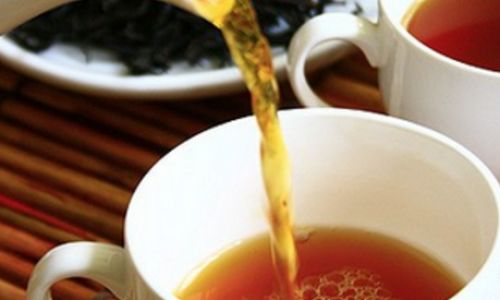
- Terroir: The climate, soil, and elevation where the tea plants are grown can significantly impact the tea’s flavor profile.
- Variety: Different Camellia sinensis varieties produce teas with distinct characteristics.
- Plucking Standard: The maturity of the leaves and buds at harvest affects the tea’s quality. Higher-quality teas often use younger leaves and buds.
- Processing: The skill and precision of the tea makers during withering, rolling, oxidation, and firing can make or break a tea’s quality.
- Storage: Proper storage conditions are crucial to maintaining a tea’s quality over time.
Visual Inspection: Appearance Matters
The first step in assessing the quality of black tea is visual inspection. Look at the tea leaves and any additional elements (like flowers or stems) present in the blend.
- Leaf Integrity: High-quality black tea leaves should be relatively intact, with minimal breakage. Whole leaves often indicate careful handling during processing. Broken leaves can still be good, but they may suggest a lower-grade tea or rough handling.
- Color: The color of black tea leaves can vary from dark brown to nearly black. Well-oxidized teas tend to have a deeper, more uniform color. Avoid teas with an excessively light or patchy appearance, which may indicate incomplete oxidation or improper storage.
- Uniformity: High-quality blends will have leaves of similar size and color, indicating consistent processing. Inconsistent blends may suggest a mix of different-quality teas.
- Presence of Foreign Matter: Look for any unwanted particles such as twigs, stones, or dust. High-quality teas should be relatively clean, with minimal foreign matter.
Aroma Evaluation: Smell the Difference
The aroma of black tea can provide valuable insights into its quality. Take a moment to inhale deeply from your tea sample.
- Freshness: Fresh black tea should have a clean, inviting aroma without any musty or stale notes. If the tea smells old or off, it may have been improperly stored or is past its prime.
- Complexity: High-quality teas often have a more complex aroma, with layers of different scents. These can range from floral and fruity to smoky and earthy, depending on the tea’s origin and processing.
- Intensity: The strength of the aroma can indicate the tea’s quality. Stronger, more intense aromas often suggest a richer, more flavorful tea. However, this is not always the case, as some teas may have a subtle aroma but still offer a robust flavor.
- Balance: A well-balanced aroma is crucial. It should not be overly dominant in any one scent but should present a harmonious blend of flavors.
Taste Testing: The Ultimate Test
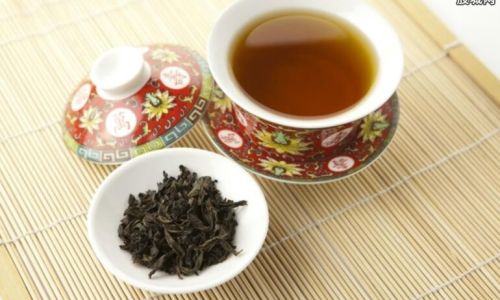
Taste is, of course, the ultimate test of black tea quality. Prepare a cup of tea using the recommended brewing instructions for your specific tea type and take note of the following:
- Body: The “body” of the tea refers to its mouthfeel or texture. High-quality teas often have a full, rich body that feels smooth and velvety in the mouth. Lower-quality teas may have a thinner, more watery body.
- Flavor: The flavor profile of black tea can be incredibly diverse, ranging from sweet and floral to bold and brisk. Evaluate the tea’s primary flavors and any secondary or tertiary notes that emerge as you sip. High-quality teas will have a well-rounded, balanced flavor with no single note overpowering the others.
- Aftertaste: The aftertaste, or finish, is the lingering sensation left in your mouth after swallowing the tea. High-quality teas often have a long, lingering aftertaste that is pleasant and satisfying. Poor-quality teas may have a short, bitter, or astringent aftertaste.
- Sweetness: While not all black teas are sweet, a hint of natural sweetness can be a sign of high quality. This sweetness can come from the tea’s natural sugars or the careful processing that preserves these sugars.
- Complexity: As with aroma, complexity in flavor is a hallmark of high-quality black tea. A tea with multiple layers of flavor that evolve as you sip is more likely to be of superior quality.
Origin and Processing: Understanding Your Tea’s Background
Knowing the origin and processing methods of your black tea can provide additional context for evaluating its quality.
- Origin: Different tea-growing regions have unique climates, soils, and tea-growing traditions that influence the tea’s flavor profile. For example, Darjeeling tea from India is known for its floral, muscatel aroma, while Assam tea is bold and malty. Understanding these regional characteristics can help you appreciate the nuances of your tea.
- Processing Methods: The way a tea is processed can have a profound impact on its quality. Traditional methods, such as those used in China and India, often involve hand-rolling and careful monitoring of the oxidation process. Modern methods, such as mechanized rolling and controlled environments, can also produce high-quality teas but may result in a slightly different flavor profile.
- Certifications: Look for certifications that indicate the tea has been produced ethically and sustainably. Fair Trade, Organic, and Rainforest Alliance certifications can provide assurance that the tea was grown and processed under responsible conditions.
Storage and Shelf Life: Preserving Quality
Even the highest-quality black tea can lose its flavor and aroma if not stored properly. Here are some tips for maintaining your tea’s quality:
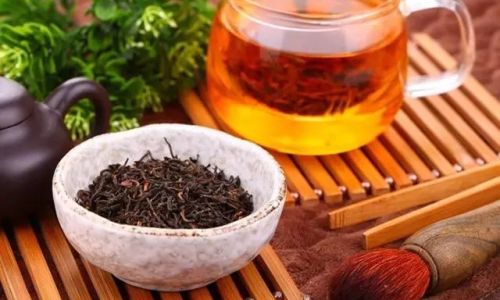
- Airtight Container: Store your tea in an airtight container to prevent oxidation and moisture from degrading the tea’s quality.
- Dark, Cool Place: Keep your tea in a dark, cool place to prevent sunlight and heat from damaging the leaves. A pantry or cupboard is a good choice.
- Away from Odors: Tea leaves are highly absorbent and can easily pick up unwanted odors from nearby foods or spices. Store your tea in a separate container or use a deodorizing packet to keep odors at bay.
- Check the Expiration Date: While black tea has a longer shelf life than some other teas, it can still lose its freshness over time. Check the expiration date on your tea package and use it within a reasonable timeframe to ensure optimal quality.
Conclusion
Discerning the quality of black tea is a multi-faceted process that involves visual inspection, aroma evaluation, taste testing, and understanding the tea’s origin and processing methods. By paying attention to these details, you can develop a refined palate for black tea and appreciate the diverse range of flavors and aromas available. Remember, the best way to learn is through practice. Experiment with different teas, brewing methods, and storage techniques to find what works best for your taste preferences. With time and experience, you’ll become an expert at identifying and enjoying the finest black teas.
As you continue your journey into the world of black tea, keep in mind that quality is subjective. What one person may consider high-quality may not appeal to another. Trust your own taste buds and enjoy the process of discovering new teas and exploring their unique qualities. Happy sipping!
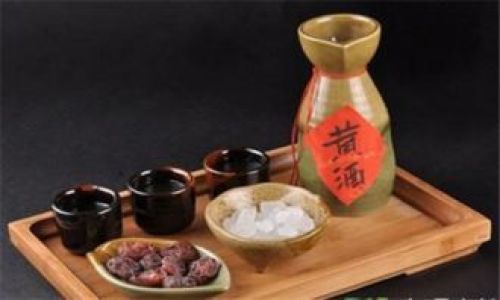


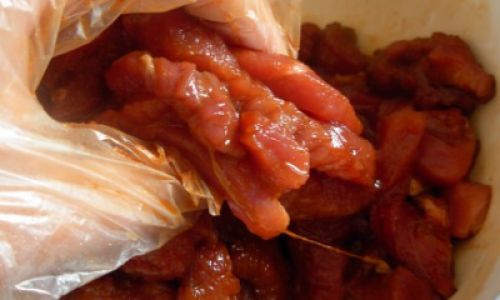

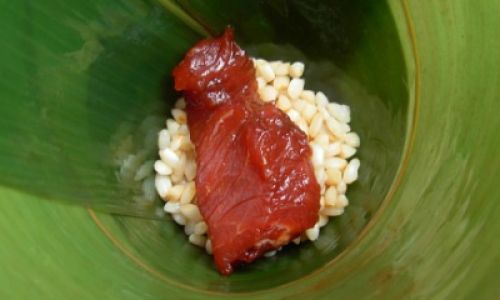
0 comments